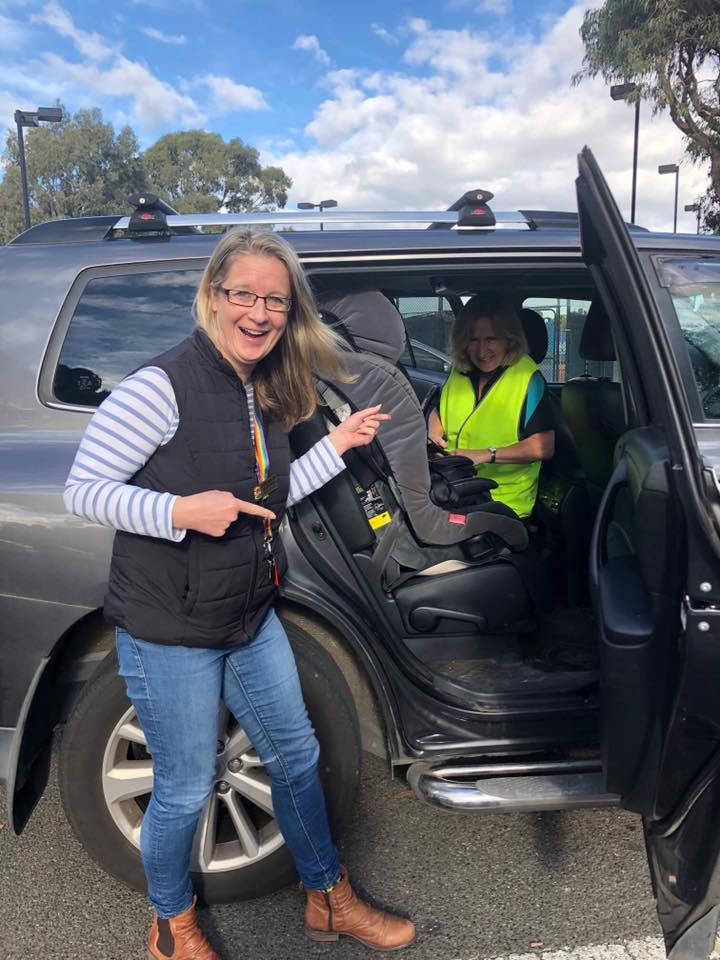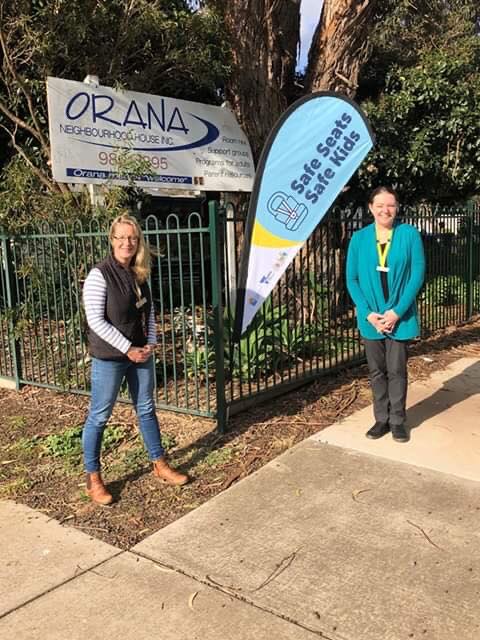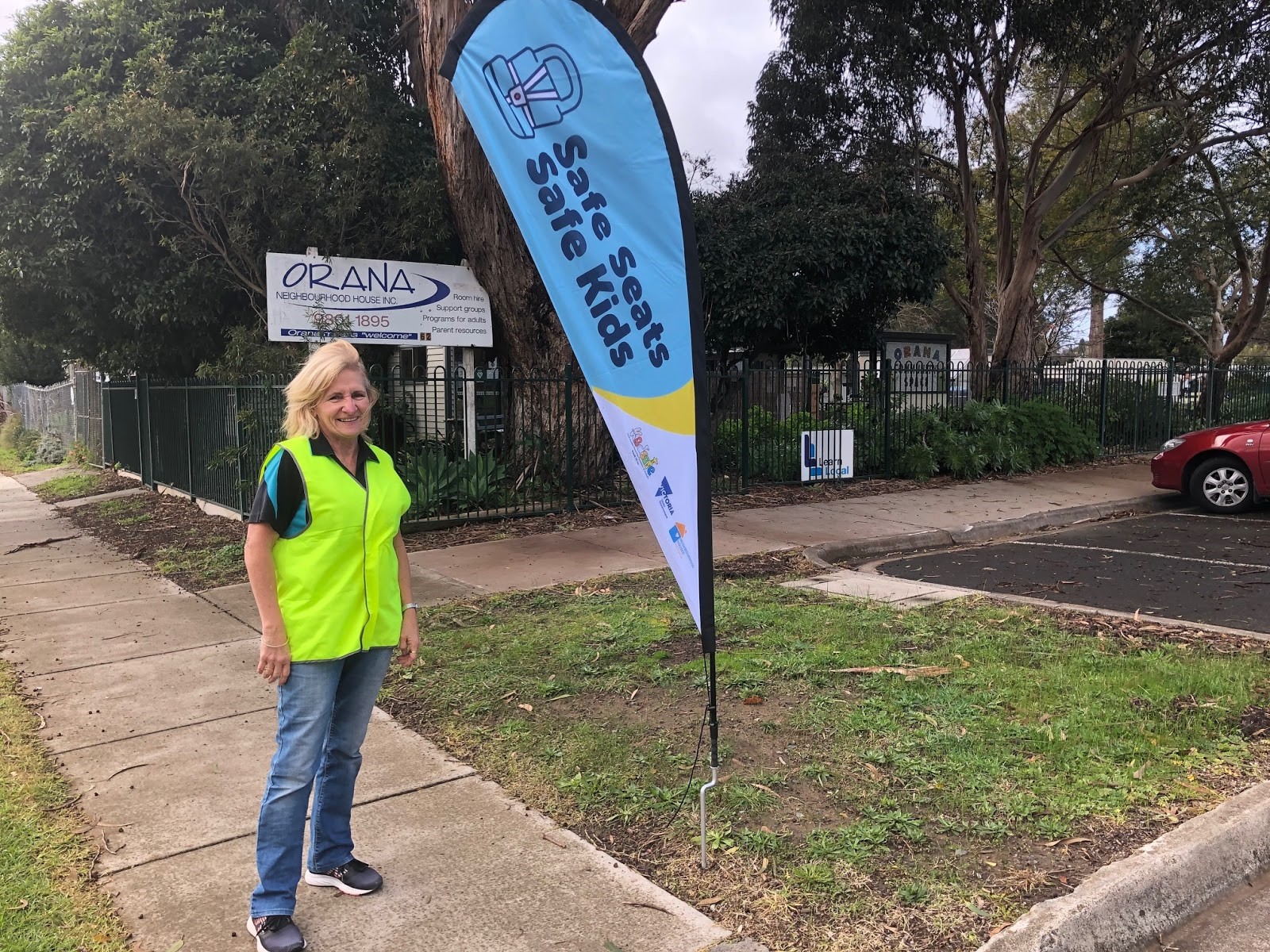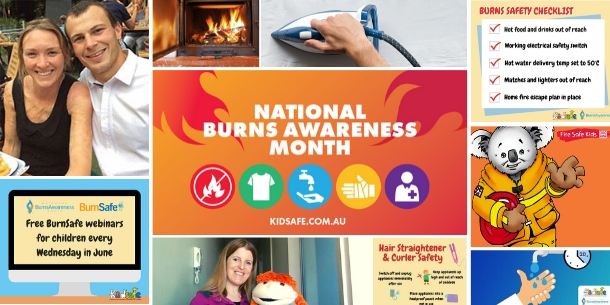
In this month’s edition we focus on National Burns Awareness Month (NBAM), an initiative by Kidsafe Australia to drive greater awareness of burns prevention and the correct first aid treatment. Winter is a time when there is a significantly increased risk of burns – this has sadly been the case this month, with The Royal Children’s Hospital reporting an increase in cases.
Shennel Martin, our NBAM ambassador, bravely shares her childhood burns story in this month’s blog, providing an insight into the painful, long term effects of burn injuries.
With school holidays upon us, we touch on the importance of checking and adjusting your child’s booster seat, particularly if your kids have had a growth spurt whilst in lockdown. We also share the frightening recollection from a Mum who found her 12 year old hanging unresponsive from playground equipment in their backyard, some updates on our ‘Safe Seats, Safe Kids’ program, product standards and recalls and the new mandatory home pool and spa registration date.
Please stay safe and keep in touch with our updates by visiting our Facebook page and website!
Protect your family from burns and scalds this winter
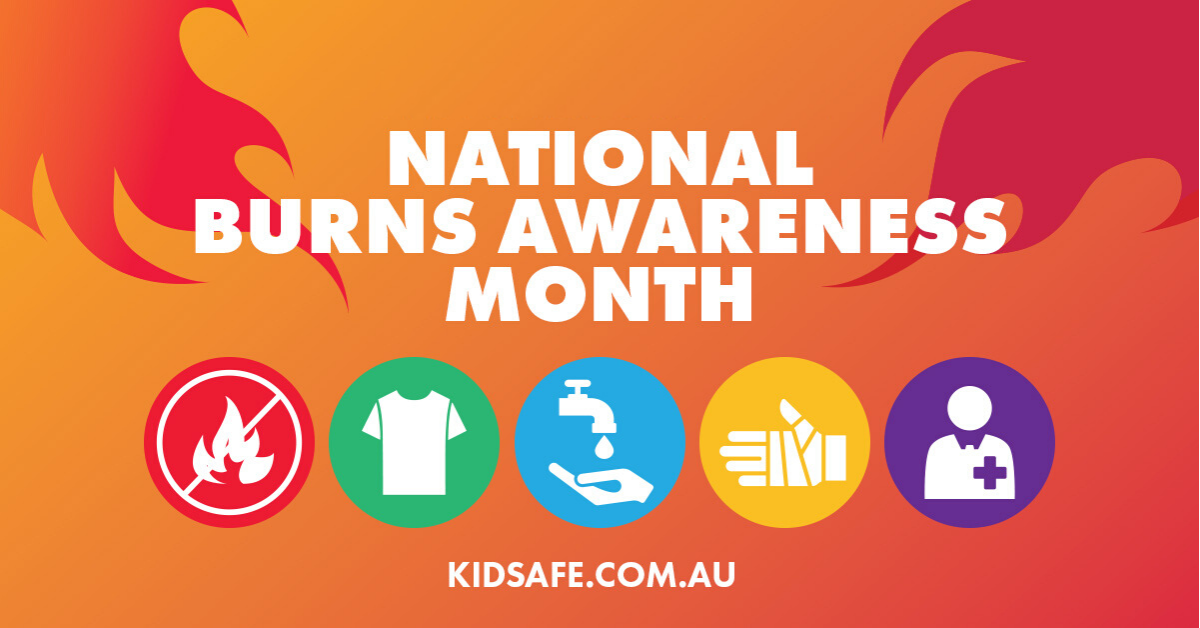
As the chill of the cold winter months sets in, many of us look to keep warm any way we can – it may be cranking up the heater, taking a soak in a nice warm bath or sitting down to enjoy a bowl of hearty soup with the kids for dinner. However, did you know that with this increased search for heath and warmth also comes an increased risk of burns and scalds?
Every year over 900 children are admitted to a burns unit across Australia and New Zealand – that’s approximately 17 per week. Children are particularly at risk because their skin is thinner and more sensitive than an adult’s and will therefore result in a more severe burn.
The home is the most common location for child burn and scald injuries , with the majority occurring in the kitchen, followed by the living room, playroom, or family room.
We all have a range of burn and scald hazards in our homes, however not all of them may be immediately obvious. Hot beverages are the leading cause of burns and scalds for kids, followed by hot water from a saucepan, kettle, jug, billy, or urn, hot foods and coals/ashes. Some of the other major causes of burns and scalds include treadmills, vehicle exhausts, campfires and irons.
The good news is that most incidents are preventable with a bit of planning. We have a range of free National Burns Awareness Month resources, including our home fire safety checklist, that provide some practical examples of what you can do to help keep your family warm and safe this winter.
When it comes to treating a burn or scald, many weird and wacky remedies have been suggested in the past including butter, oil, ice, toothpaste or even fish sauce. However, did you know that putting the wrong thing on a burn or scald can actually make the injury worse?
A concerning statistic from a recent report by the Burns Registry of Australia and New Zealand (BRANZ) showed that in 2018/19, nearly one third of children (28.7%) did not receive the recommended first aid treatment for burns or scalds. When treating a burn or scald, keep these four steps in mind:
While families are spending more time isolating at home, now is the time for parents to conduct an audit and put in place strategies to restrict children’s access to potentially poisonous products. We have listed a few handy prevention and first aid tips to help you below.

- • REMOVE – Yourself from danger. Remove any clothing and jewellery from the burn area unless well stuck to the skin.
- • COOL – place the burn under cool running water for 20 minutes. Never use items like ice, oil or butter as these can make the burn worse.
- • COVER – the burn with a clean dressing.
- • SEEK – medical attention if the burn or scald is on the face, hands, feet, genitals or buttocks, is larger than a 20-cent coin or blistered. Dial 000 in case of an emergency.
For more information and advice on burn and scald safety, visit our website.
National Burns Awareness Month (NBAM) is an initiative of Kidsafe Australia, implemented in partnership with the Australian and New Zealand Burns Association (ANZBA), to drive greater awareness among the Australian community of burns prevention and the correct first aid treatment for burns.
For more information, please visit the Kidsafe Australia website, follow the Facebook page or view the media release.
My scars are a part of me, but they don’t define me
Shennel Martin sustained third degree burns to over 40% of her body
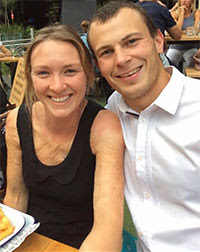
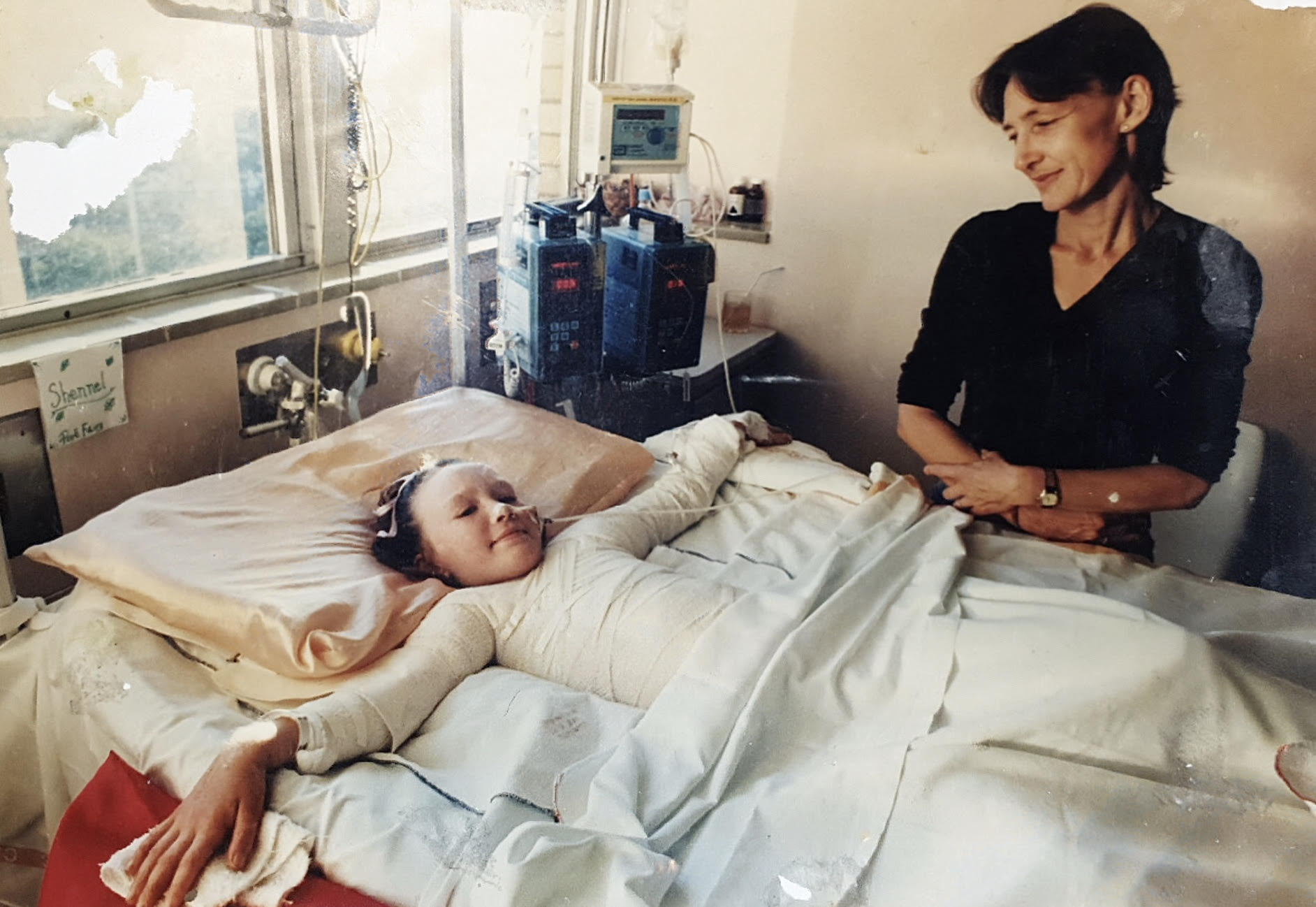
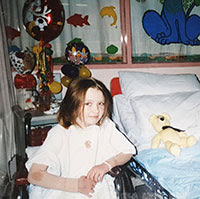
Shennel Martin has joined forces with Kidsafe to share her story as part of National Burns Awareness Month and help raise awareness of burns prevention.
Nearly twenty-five years ago in the small coastal town of Port Fairy, eight-year-old Shennel received third-degree burns to over 40% of her upper body from a burn involving a candle. During the early stages of her hospital admission, the doctors were uncertain if she would survive as a result of her injuries. Over the next 11 years she endured countless operations, skin grafts, intensive treatment and rehabilitation.
Now that she is a mum with a daughter of her own, Shennel has stressed the importance of educating both children and adults on the potential burns and scald risks in the home and the vital first aid treatment if the unthinkable happens.
To read Shennels story, click here.
Has Your Child Had a Growth Spurt Over Iso?
Here’s how to check to ensure their booster seat is adjusted to fit them correctly

Have your kids had a growth spurt over the past couple of months?
The telltale sign is usually when their clothes – that you swear looked like they had plenty of room to grow into only a few weeks ago – no longer fit them. However, there’s another important sign that often gets overlooked…. can you guess what it is? It’s how they fit in their child car restraint or booster seat.
With the school holidays here and families heading out more, now is the perfect time to check that your child’s car restraint or booster seat is properly installed and adjusted to fit them correctly.
Our Child Car Restraint Manager Kathy, with the help of our rising star Penelope, share some of their tips in this video on what to check for and how to adjust a booster seat, to ensure that your child is travelling safely on every trip.
Some of their key tips include:
- • Ensure that your child’s shoulders fit under the headrest. Many booster seats have an adjustable headrest that can be moved to suit your child as they grow.
- • Look for the colour coded seatbelt path which will show you where to thread the seatbelt through and make sure there are no twists in the belt.
- • If your booster seat has armrests (not all do), the seatbelt should be fed underneath these, not over the top.
- • Make sure the top tether strap is attached to a child restraint anchor point in your vehicle and that it is firm but not too tight.
- • Keep your eye on the shoulder height markers on your booster seat – these will let you know when your child has outgrown the size limit of the restraint.
- • If you have any concerns or are unsure about anything, visit a professional fitter for some advice. You can view the ‘Safe Seats, Safe Kids’ free child car restraint fitting and checking program or our Find a Fitter listing for more information on services in your area.
If your child has had a really big growth spurt over the past few months, you may be thinking about when the right time is to move them out of their booster seat. Many people are surprised to learn that most children are approximately 11-12 years of age or 145cm tall, until they can achieve a good adult seatbelt fit.
We have a handy ‘5 step test’ that you can use to help decide when your child is ready to move out of their seatbelt, which you can view in this brochure.
For more information on child car restraints, click here.
“You Nearly Lost Him”
Mum shares her story to warn parents after a terrifying backyard playground accident
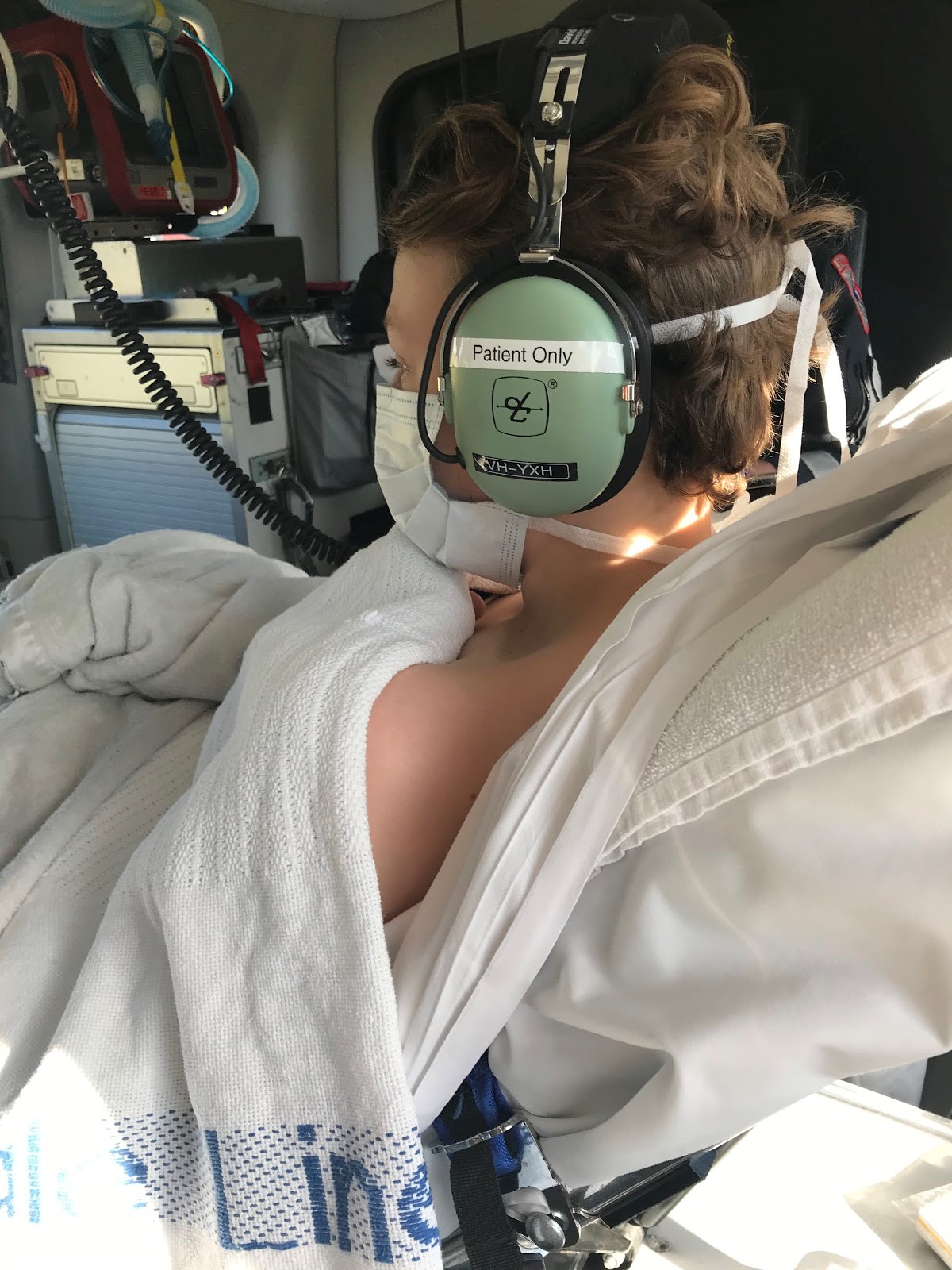
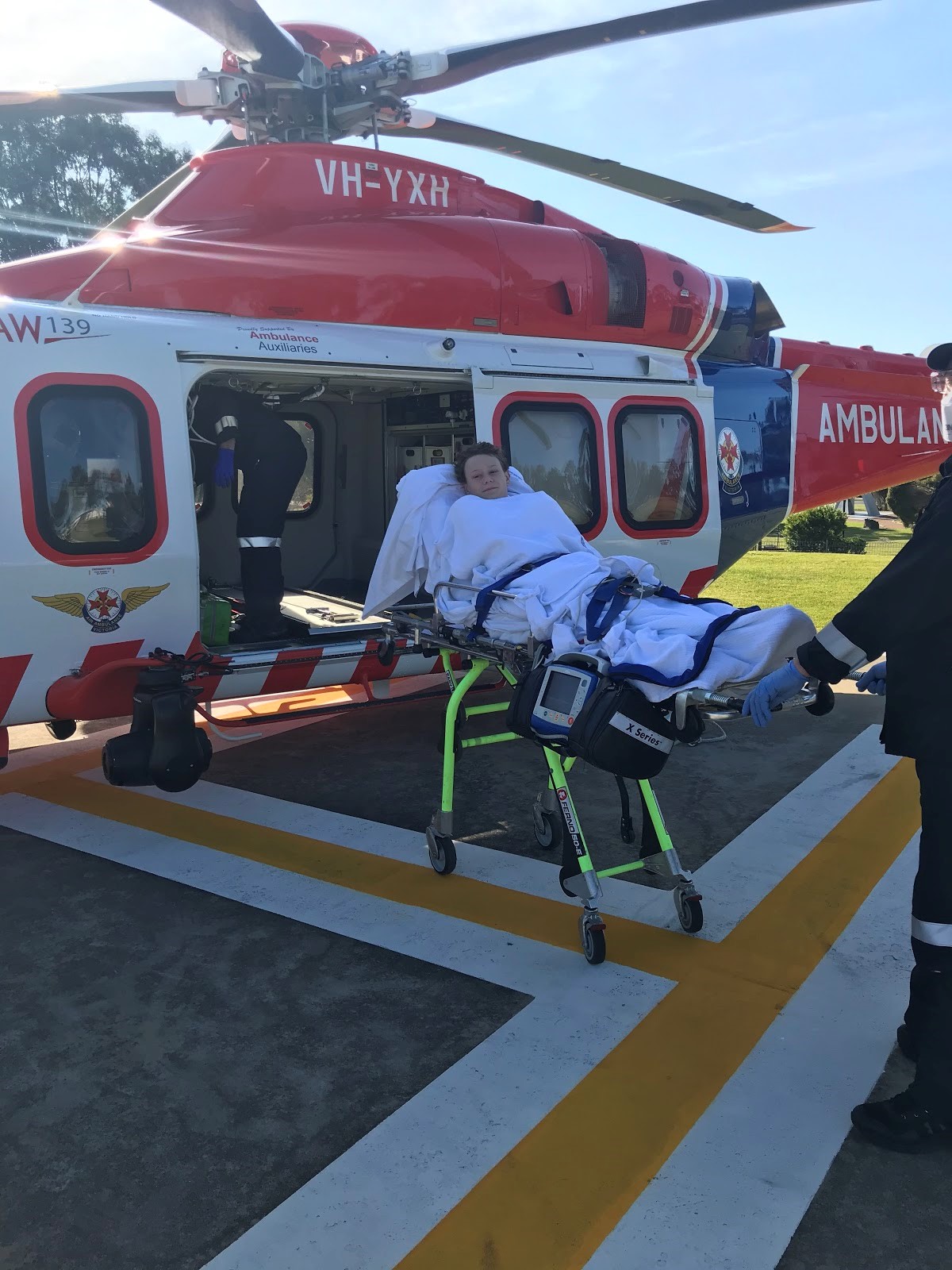
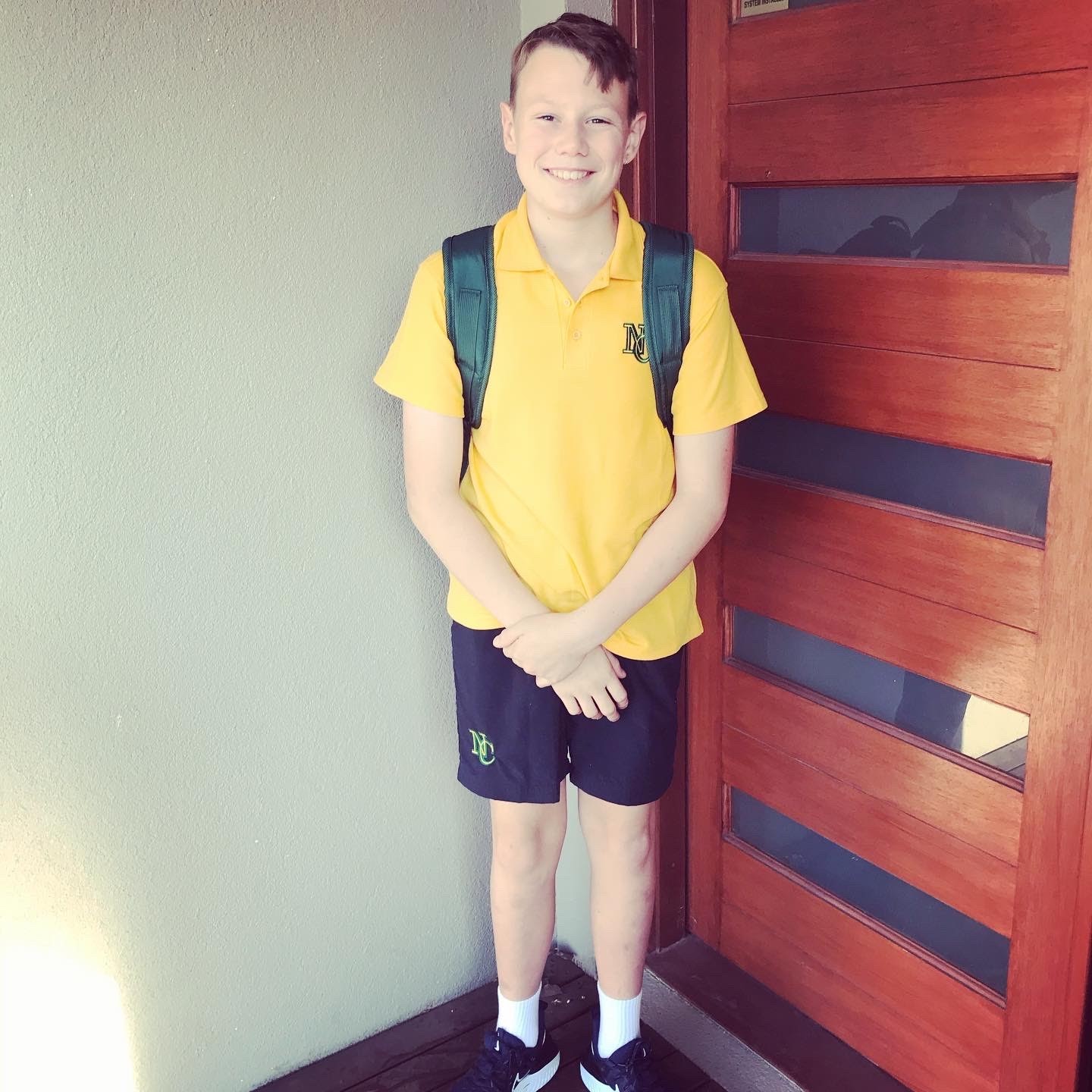
“Lauren, something is wrong, come quick”… were the terrifying words she heard from her 12 year-old-son Kalem’s best mate Hunter.
Lauren ran to the backyard to find what no parent ever wants to see – her precious boy with a yoga swing wrapped around his neck. He was blue, foaming at the mouth, with broken blood vessels around his eyes and on his forehead and unresponsive.
Click here to read more of Lauren and Kalem’s story.
Safe Seats, Safe Kids’ Program News



Parents and carers have welcomed back the Safe Seats, Safe Kids program this month, with events recommencing on a 1:1 scale at selected Neighbourhood Houses in line with Government COVID-19 directions.
Orana Neighbourhood House Manager, Lisa, was thrilled to see the parents and families accessing the centre facilities again, even though it was just the car park! Knox Council Deputy Mayor, Marcia Timmers-Leitch, also booked in to have her child car restraints checked by Julie, who took a good look and got them safely on the road again.
New event venues and dates have been released for the month of July – to book your spot or to register to be notified when an event is coming to your area, please visit the Safe Seats, Safe Kids website.
Pool & Spa Registration Date Extended to November 1st 2020
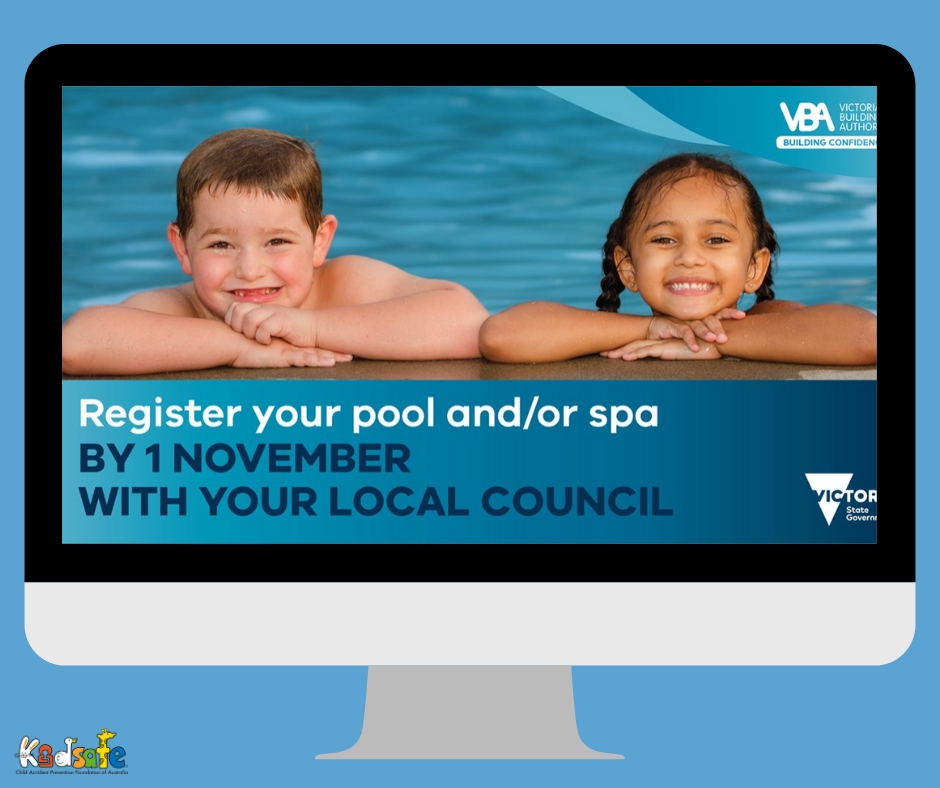
The Victorian Government has extended the mandatory pool and spa registration date to the 1st of November 2020. If you are the owner of land on which a pool or spa is located, you must register your pool and spa with your local council by this date.
If you haven’t already, head to your local council website to find out more about how to register your pool or spa.
For more info on the new pool and spa barrier laws, as well as some handy checklists to help you check that your pool or spa barrier is in proper working order, please visit the Victorian Building Authority website.
Product Recalls
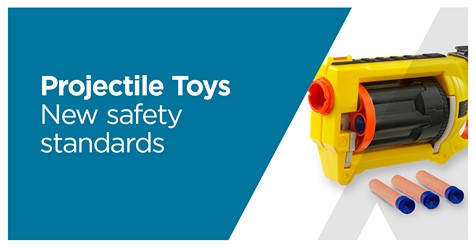
An updated mandatory safety standard for projectile toys has been issued by the ACCC, designed to protect children from serious eye injuries or choking from toys like bow and arrow sets and toy guns.
For further information, please click here.
Kmart Australia Ltd — Anko Light Up Wand Unicorn and Dino
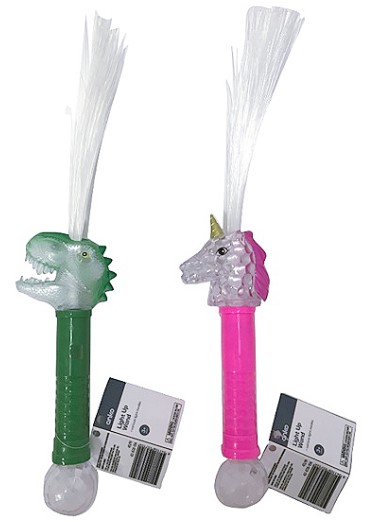
The button batteries in the product are easily accessible if the battery compartment comes apart. This may pose a choking hazard to young children or may result in serious internal burn injuries if the button batteries are ingested.
For further information, please click here.
